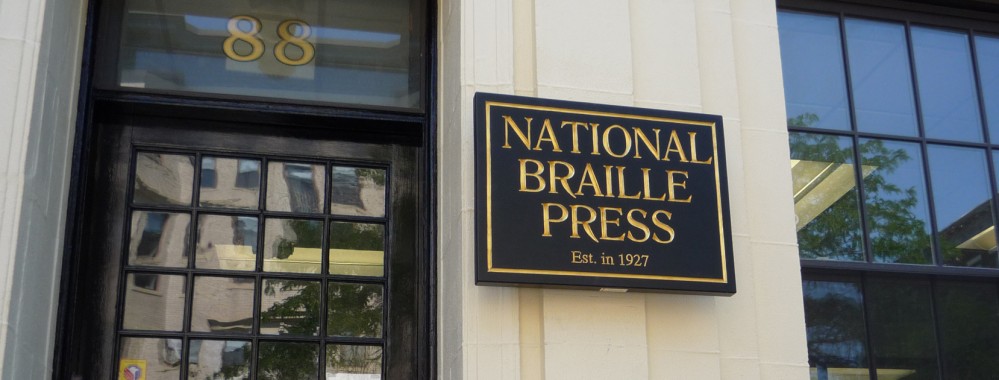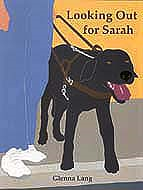For years I had heard what a wonderful experience it was to meet our customers and hear how much they value braille and National Braille Press. Of course, I had heard this sentiment expressed before given my long tenure at NBP. But it was a totally new experience hearing it over a period of several days from almost everyone who stopped by our booth when I attended my first ACB convention.
Several days back from my trip, I received an email from Leah Bernie whose parents were both blind. Her story, like so many of the stories I heard at the convention, touched my heart. Here’s what she had to say:
Dear National Braille Press,
I am a sighted daughter of  two blind adults, and I recently had a baby and ordered a board book from you for my mother to read with my daughter. As a result, I started receiving your newsletter. This got me thinking about the impact your organization has had on my life, and I wanted to share that with you.
two blind adults, and I recently had a baby and ordered a board book from you for my mother to read with my daughter. As a result, I started receiving your newsletter. This got me thinking about the impact your organization has had on my life, and I wanted to share that with you.
My parents have both been avid readers since they learned Braille. My mother went blind in second grade and excelled in school and reading after she learned Braille. She recently retired from the State of Texas as a rehab and Braille instructor. Growing up, we had an abundance of print/Braille books and she would read to my sister and myself every night. As we got older, my mother would borrow chapter books from the library, and my sister and I would follow along in print as my mom read aloud.
My father has been blind since he was a baby, and is one of the most well-read people I know. He has always been a great example of pursuing academic as well as pleasure reading. His stories of being young in rural Alabama and gaining access to Braille books have made me appreciate my own access to books.
I am a high school teacher, and recently realized how very many families do not read together or have that as part of their lives. I am grateful that my parents have set that example and instilled such a love of reading in both myself and my sister. I am further grateful for the Children’s Braille Book Club for making that possible. You are also making it possible for my parents to connect with their grandchildren in a way that might not be possible otherwise. This realization nearly brought me to tears.
The work you do is so important, and I am eternally grateful to have and continue to be benefitting from the accessibility of Braille. Thank you, thank you, thank you!!
Respectfully,
Leah Bernie
Thank you, Leah, and thank you to so many others who took the time to tell me how much NBP has meant to them over the years. We are currently celebrating the 30th year of the Children’s Braille Book Club, and it is stories like yours that remind us what is important.




